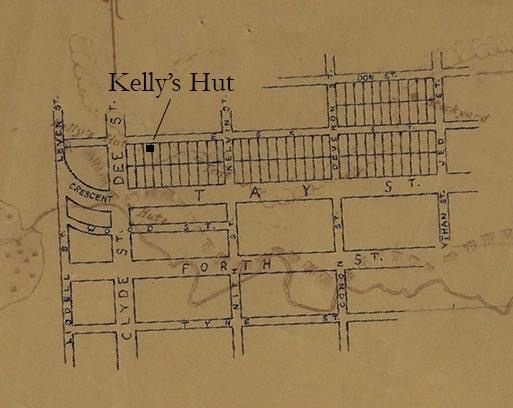Special moment as 'Inverkelly's' past and future come together
John Kelly’s key part in Invercargill’s history will forever be remembered as people tuck into their pizza or ponder what movie they might watch at the location where 166 years ago he made home.
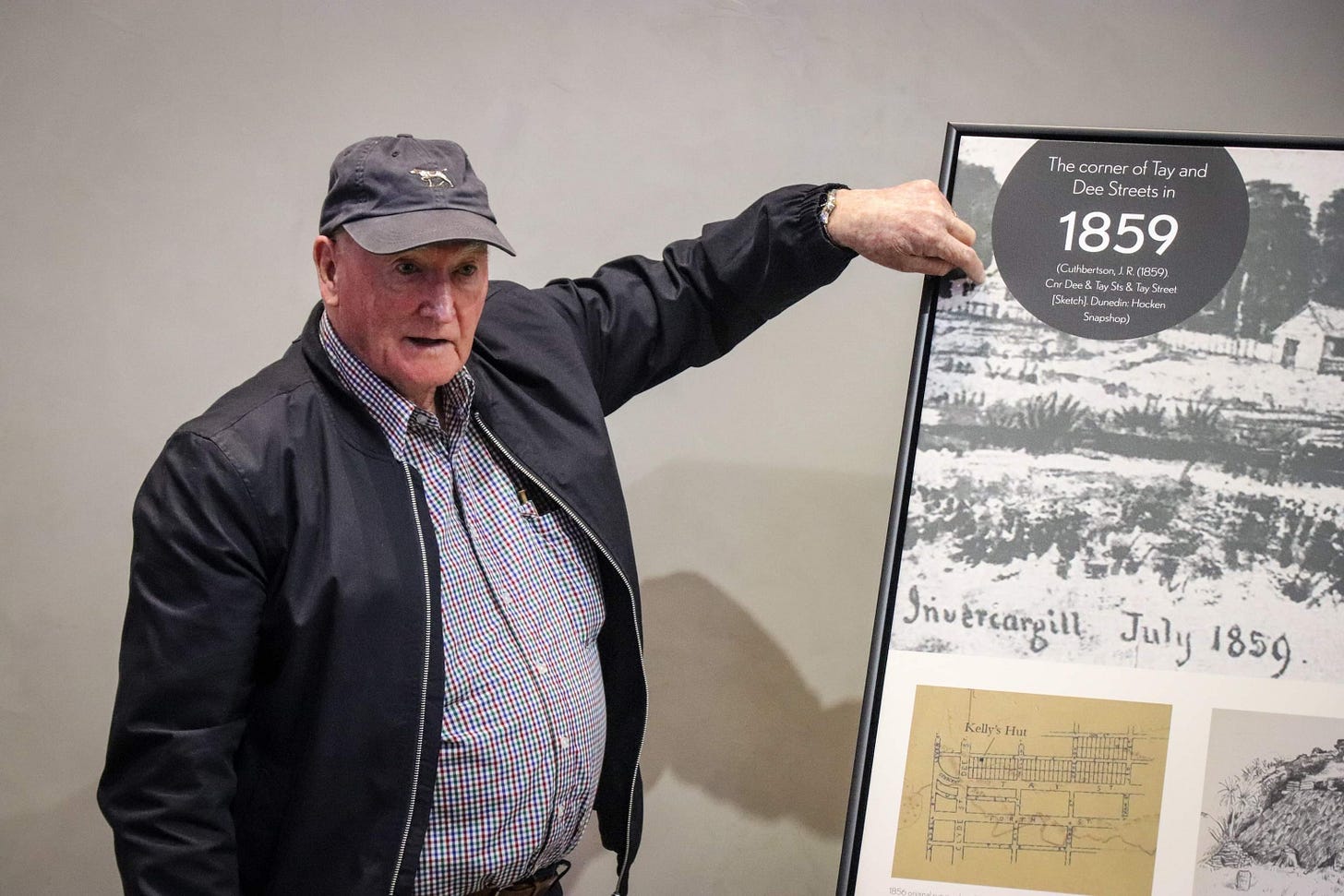
It was a poignant moment. Invercargill’s past and future came together.
On Saturday morning, at the city’s new Invercargill Central food beverage, and retail precinct, decedents of John Kelly gathered.
Kelly, an Irishman, was the first European settler to make the area now called Invercargill home.
In fact, for a brief period it was known as Inverkelly before later named Invercargill after Captain William Cargill.
In 1856 Kelly built a whare in Invercargill for his family.
At best guess that hut was situated close to where the Esk St Eats now is as part of the Invercargill Central development.
Sadly, Kelly died shortly after Invercargill was formally established and was the first entry in the local death register in 1857.
That location is now a long way removed from a time when Kelly made a tussock-filled piece of land home. Nearby now sits Reading Cinemas and a Sal’s Pizza outlet.
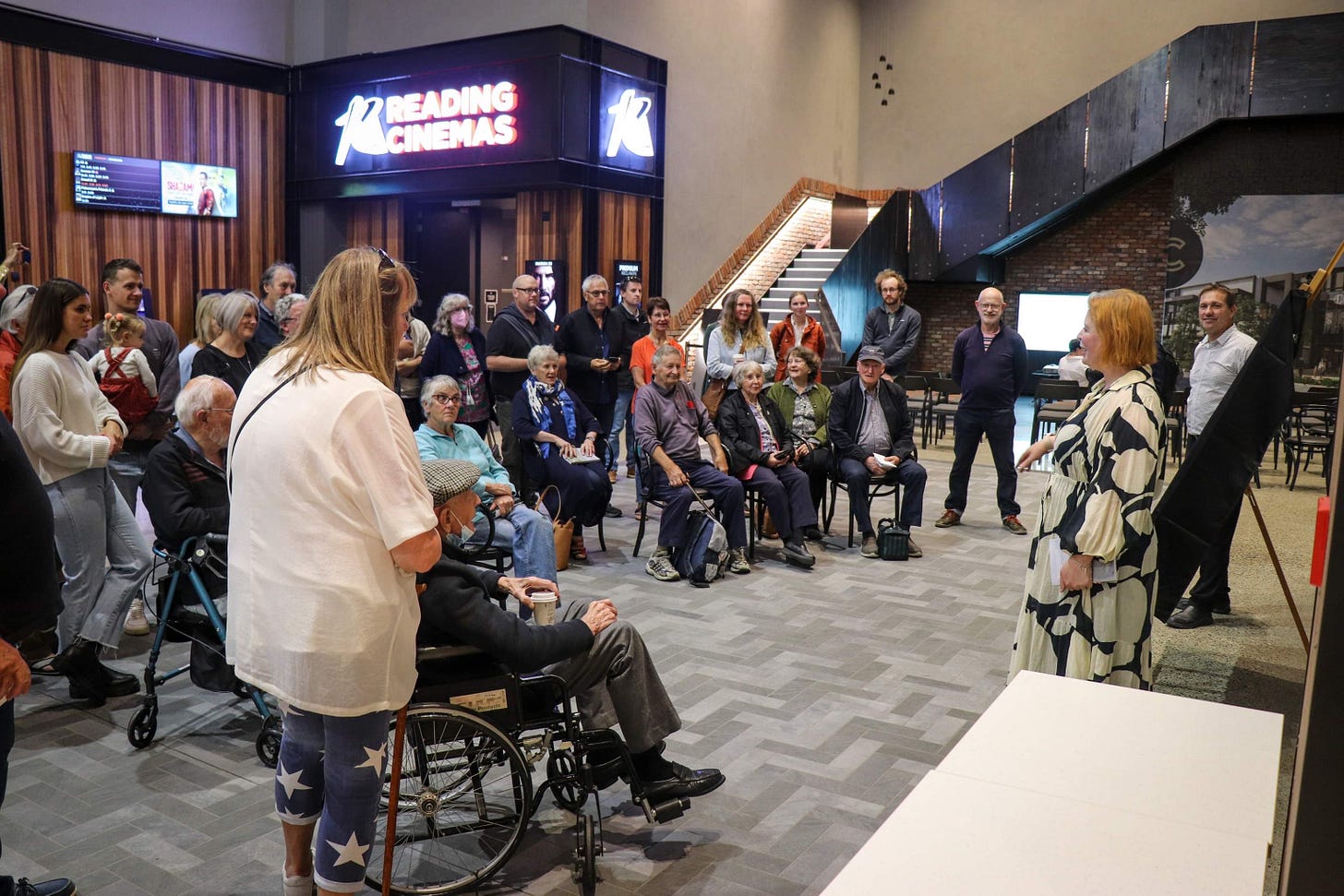
Descendents of Kelly, from throughout New Zealand, gathered as Invercargill Central representatives unveiled a photo display that will be hung close to where Kelly’s hut once was.
Invercargill Central marketing manager Rebecca Sheppard told those in attendance that the block was such an important part of the city’s history.
“When we first started the development of Invercargill Central we looked at how we could bring the life back to the city and revitalize the CBD and make us proud of the space.
“A lot of that is actually remembering what come before. So, John kelly was an adventurer who made his way here and was the first European settler in this space. [It] is part of the history that makes us feel so proud of where we both came from and now the future of where we are going.”
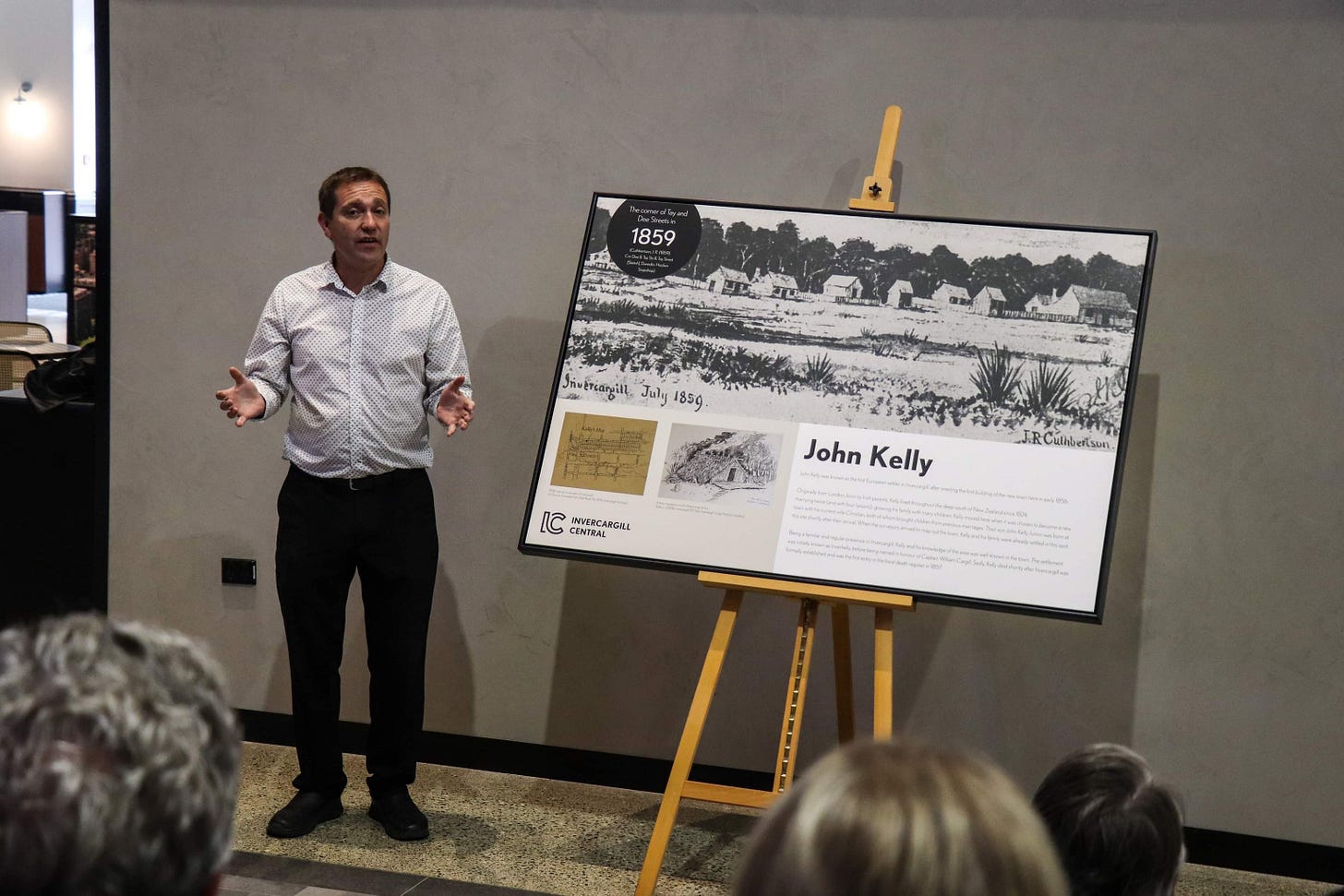
Kelly’s great-grandson Robert Kelly was in attendance. Robert has written a book on Kelly which has now been updated and will soon be re-released.
He spoke to the gathering saying it was quite an overwhelming occasion.
“What I want you to do first of all is just imagine at this spot 166 years ago, there was nothing but tussock and native grass.
“To the south of the Otepuni Stream, on the other side of that was a swamp and woods, further north just beyond where we are now was a large forest, and the other side of that the Waihopai River.”
Robert said his great-grandfather brought his 50 cattle to the area because the pasture at Bluff was well-used by other people.
“It’s been difficult to find out exactly when he did that but from the latest information we have from articles in The Southland Times and the Otago Gazette, we can work out he was definitely here at the end of 1855.
Robert said research showed that in early 1856 some drovers brought nearly 1000 sheep to the area and when they arrived, they went to the Kellys who entertained them.
Most couldn’t read or write, and they would sit around the fire and Kelly’s daughter Kitty, who could read, would read to them from the Bible, Robert said.
Graham Milne also spoke. He is a great-grandson of Mary Ann Jane Milne (Kelly), a daughter of Kelly’s.
Milne said Mary Ann Jane ended up owning the land where Invercargill Central is now situated.
When Kelly died, it was initially handed to older daughter Kitty.
However, Kitty died when she drowned travelling to Ruapuke Island for a wedding. The land then became Mary Ann Jane’s.
“Sadly, she then sold it for 50 pound. I suppose 50 pounds back then was a fortune. Where it ended up? Certainly not with me.”
Milne said Mary Ann Jane met up with John Milne who had come out from Scotland for the goldfields.
They married and ended up in Thames establishing goldfields in 1860 and that is where the family has remained.
Mary Ann Jane is buried in a “pauper's grave” in Thames alongside 14 other people.
“Robert and I found the grave about 10 years ago,” Milne said.
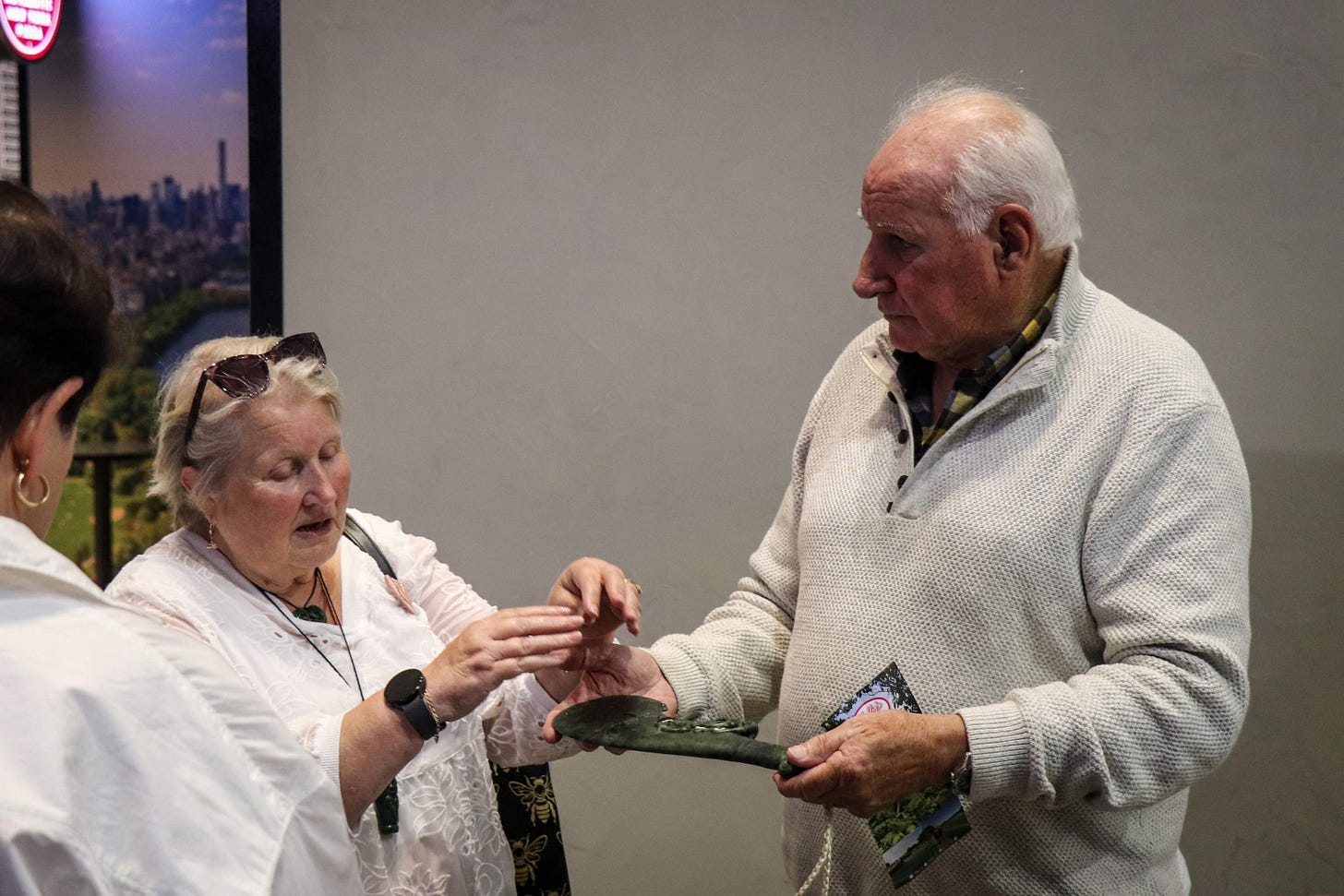
To re-establish family links with the Waihopai area Milne had a piece of pounamu commissioned which represents Mary Ann Jane’s side of the whanau.
The pounamu was blessed by Evelyn Cook at the gathering.
John Kelly’s key part in Invercargill’s historical story will forever be remembered as people tuck into their pizza or ponder what movie they might want to watch at the location where 166 years ago Kelly set up home as the first European settler in the area.





